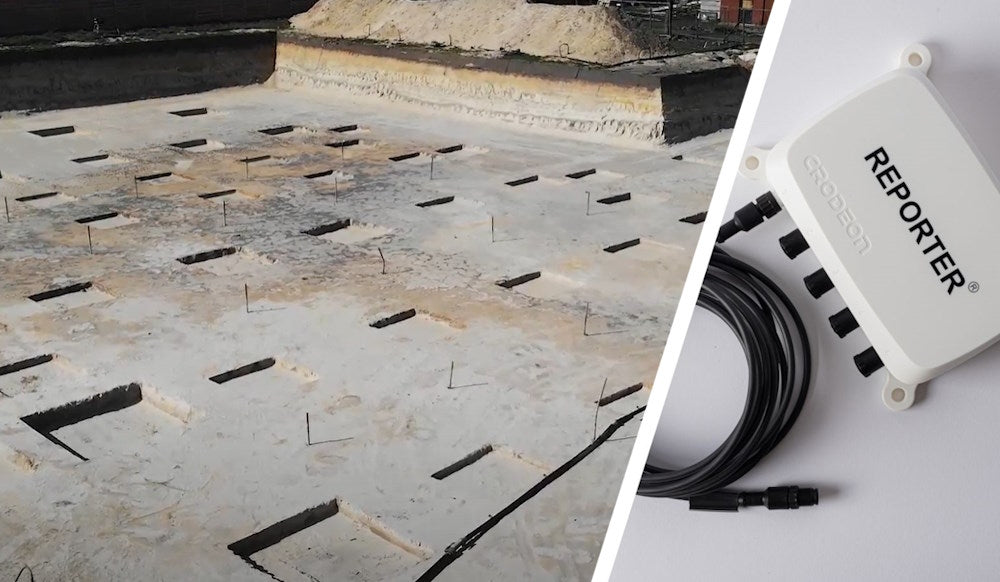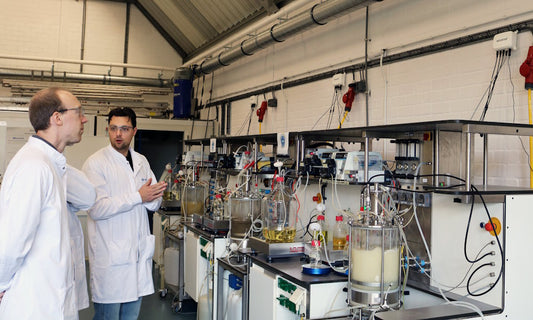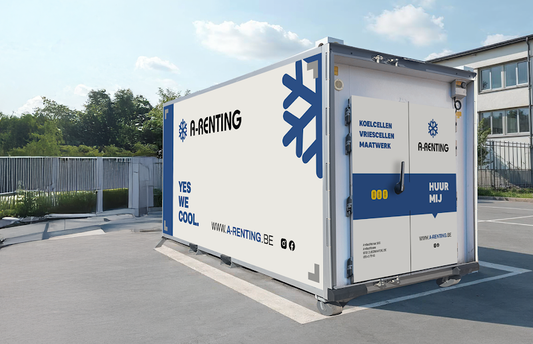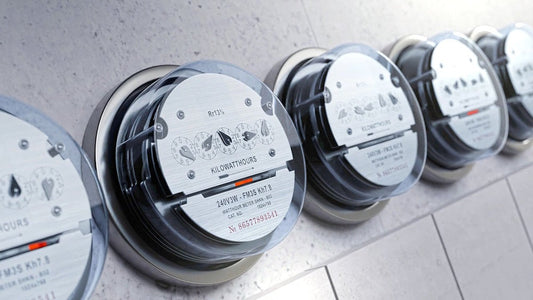Salinity detection in groundwater: Monitoring salt levels during dewatering

Dewatering is necessary when it comes to subterranean building projects. However, dewatering is not without risks, especially when dealing with saline groundwater.
How does groundwater become saline?
We associate the seas with salt water and the ground with fresh water, which turns out to be incorrect. Rain water is fresh water, and as a result, young surface water is too. But the deeper the water infiltrates into the soil, the older it gets. Minerals (salts) dissolve into the groundwater, causing it to become more saturated over time. The water thus turns more saline as it seeps deeper into the ground. Groundwater turns out to be the champion when it comes to salt levels in water.
The 2009 report by igrac explains this in greater detail:
“In general, fresh groundwater is particularly found in those parts of the subsurface that are most actively involved in the water cycle, the domain of so-called ‘meteoric water’. Consequently, fresh groundwater is more likely present in the shallower domains of the sequence of geological layers in which groundwater is stored. Based on this rationale, fresh groundwater is often comparatively young and tends to be actively recharged. In contrast, a large part of all saline groundwater on earth – but certainly not all of it – is present in a more or less stagnant condition at greater depths and may have been there already for many thousands or even millions of years. Continuous dissolution over geological times of the reservoirs containing this groundwater may have enriched the mineral content in the groundwater. So groundwater salinity tends to increase with increasing depth.”
- Global Overview of Saline Groundwater Occurrence and Genesis - igrac, 2009
Dewatering saline groundwater
This 2020 study by Anteagroup explains more about the effects of dewatering on the subsoil:
"Groundwater can be fresh, brackish, or saline. Dewatering in areas with only fresh groundwater results solely in a lowering of the groundwater level. In areas with saline groundwater (salt-prone areas), dewatering can lead to salinisation, or an increase in the chloride content in the overlying groundwater. This results in a reduction of the freshwater lens.
By pumping from the underlying saline water layer, fresh water is drawn downward, reducing the amount of fresh water at the surface. This leads to less moisture available for plant growth. If dewatering occurs within the freshwater lens, saline water increases from below, causing the overall size of the freshwater lens to shrink, which also reduces the amount of moisture available for plant growth. The extent to which the freshwater lens diminishes depends on the permeability of the soil, as well as the depth and thickness of the aquifers (whether fresh or saline). The time it takes for the freshwater lens to recover also depends on these factors, though excess precipitation can also influence this process."
- Verkennend onderzoek effecten verzilting Bodem en Water op land - Anteagroup, 2020
In addition, there is a chance that the saline water mixes with the fresh water, leading to brackish water or salinisation of the fresh water, with all the associated consequences. This can include environmental damage, soil degradation, and so on.
Groundwater depletion in arid regions
Drought-prone areas of the world fight a constant battle against soil salinisation, as the fragile freshwater lens tends to get depleted regularly.
“Salinity is a worldwide problem but becomes more brutal in water scarce arid and semi-arid areas where groundwater is the principal source of water. Increasing demands for groundwater resulting in depletion of water table and increasing salinity. In semi arid regions of Haryana and Punjab over exploitation of fresh groundwater resource causing declination of water levels leading to intrusion of saline water to these areas.”
- Groundwater Salinity - National Institute of Hydrology, 2019
Detecting salt groundwater during dewatering
The mixing of salt water and fresh water during dewatering operations causes problems in the soil. Additionally, pumped salty groundwater cannot be discharged into freshwater bodies. Therefore, it is crucial to handle saline groundwater with care and continuously monitor the salinity of the dewatering water. Usually, the electrical conductivity of the groundwater is measured in a monitoring well or directly in the pumped water.
"The explicit goal of a well-designed dewatering system is to minimise the disturbance of the fresh water-salt water balance. The impact of dewatering on this distribution of fresh and salt water must be monitored for two reasons:
- To assess how this distribution changes and recovers during and after dewatering.
- To evaluate the (evolving) salinity of the pumped water that’s to be discharged or reinfiltrated.
- Richtlijnen bemalingen ter bescherming van het milieu - Flemish Environmental Agency, 2019
Fortunately, it is easy to detect saltwater during dewatering, allowing timely measures to be taken. To detect salt, the electrical conductivity (EC) of the water is measured. The higher the electrical conductivity, the saltier the water.
For this measurement, a special sensor is used. Typically, this is a multi-parameter submersible level sensor that, in addition to measuring water levels, also measures EC and temperature, or another multi-parameter water quality sensor. This sensor must be connected to a sensor module that can convert the signal into comprehensible measurement data. The most convenient approach is to integrate this sensor with your dewatering monitoring system.
A good example of such a setup is Reporter, a plug-and-play remote monitoring module that allows you to monitor the salinity of dewatering water in real-time using an EC sensor. Reporter continuously measures and sends data at the chosen intervals to the cloud (Crodean Dashboard), where the data is stored. Additionally, you can set an alarm threshold for the conductivity/salinity of the groundwater, so you immediately receive an alert if the water becomes too salty.

Reporter has four sensor connectors, meaning you can equip your dewatering installation with, for example:
- A flow meter
- An EC sensor
- A pressure sensor
- A soil moisture sensor
If you choose to combine multiple sensors on one Reporter, all data is brought together in the cloud on the same Dashboard. This gives you a clear overview without the need for custom solutions or complicated measurement setups.
Don’t hesitate to contact us if you have any questions regarding saline water detection during dewatering projects! Read more about our Smart Water solutions.
Sources
Australian Government - Bureau of Meteorology. (n.d.). Groundwater: is too much salt a bad thing?
anteagroup, Van Meekeren, B., Bakker, W., & Koopmans, H. (2020). Verkennend onderzoek effecten verzilting Bodem en Water op land: Aanleg kabelverbinding Net op zee Ten noorden van de Waddeneilanden. In Rijksdienst Voor Ondernemend Nederland (No. 463939-VZ-01).
Groundwater | Relation of salt water to fresh water in aquifers. (n.d.).
Van Weert, F., Van Der Gun, J., & Reckman, J. (2009). Global Overview of Saline Groundwater Occurrence and Genesis. International Groundwater Resources Assessment Centre.
VLAAMSE MILIEUMAATSCHAPPIJ. (2019). Richtlijnen bemalingen ter bescherming van het milieu.
Krishan, G. (2019). Groundwater Salinity. Current World Environment, 14(2), 186–188.








